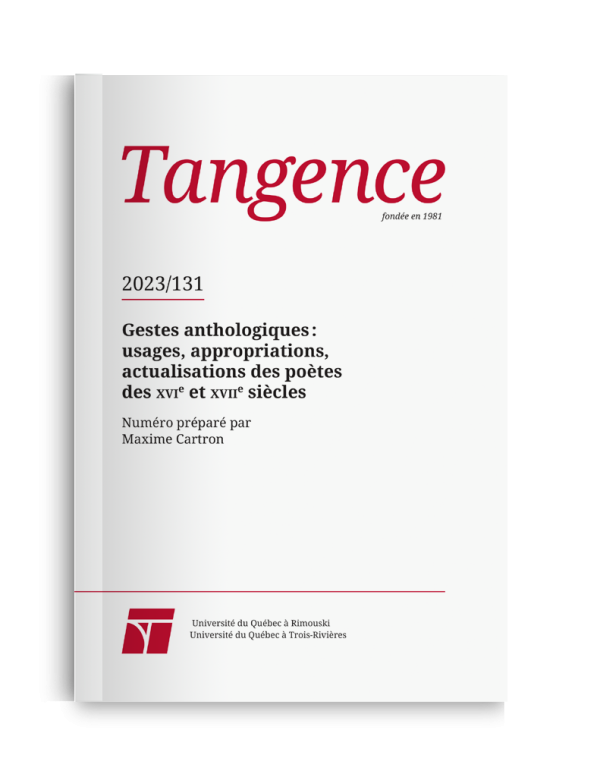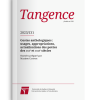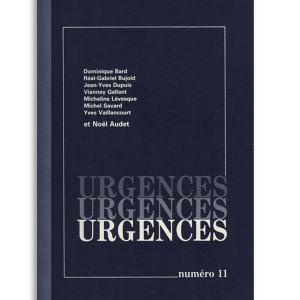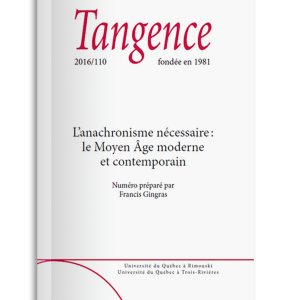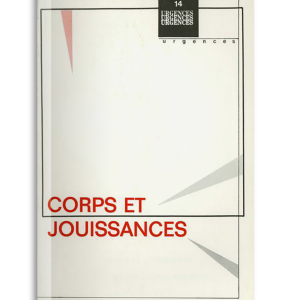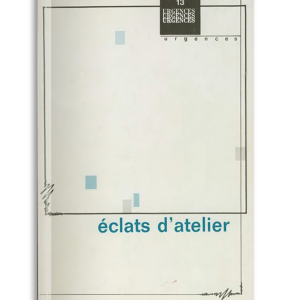Maurice Scève between Mallarmé, the avant-gardes and the Baroque
Thomas Hunkeler
This article examines three moments, some anthological, which read Scève in the context of, alternatively, Mallarmé, the avant-gardes and the Baroque. Three moments that shed light, each in its way, on what reading Scève in the second half of the twentieth century may have meant, and which demonstrate how the latter managed to become an essential resource in the literary adventure of this period. By doing so, these three moments also highlight a chapter of literary and editorial history, one that, for better and worse, is no longer quite our own.
André Mage by Pierre Menanteau, “Poètes d’aujourd’hui”
Audrey Duru
This article examines the Baroque poetry anthology as a plastic editorial format. Preceded by an essay that evaluates the classifications of available anthologies together with a poetics of the imaginary akin to that of Gaston Bachelard, the anthology studied here professes to refuse authorship to the sixteenth-century poet André Mage de Fiefmelin. An editorial operation imbued with humility, possible despite gaps in knowledge, it allows the poet Pierre Menanteau to formulate an indirect poetics and demonstrate his mastery of the poetic field via a writer’s historiography. Whereas the genre of collective poetic works resurfaces in the critical essay, the anthology advertised as Baroque further subscribes to a principle of geopoetics and a poetics of the elements. Baroque poetry is thus held to be a contemporary fact that can potentially shed light on the past : in turn, the tragic sense one discerns in André Mage enriches the intelligence of living poetry as a discourse in which this tragic sense, associated in particular with the Bible, is challenged. The prices and publicity on the volume’s publication point to its effective and immediate consecration for Pierre Menanteau and, in the longer term, for André Mage.
“Soudaines clartés et ombres sanglantes” : Jean Rousset, editor of La Ceppède
William Barreau
This article proposes to study Jean Rousset’s 1947 edition, by the publisher Guy Lévis Mano (GLM), of a selection of sonnets drawn from Théorèmes spirituels. The edition is noteworthy for two reasons : first, it is the first modern re-edition of Jean de La Ceppède and second, it marks an event in Jean Rousset’s trajectory that falls within his definition of a French Baroque poetics. The choice of sonnets, the materiality of the collection and the preface signed by Rousset are all elements pointing to the start of the constitution of a Baroque poetic corpus. The anthological gesture also reflects his specific reading of La Ceppède (whose Théorèmes he edited in 1966), an author from whom he drew elements of a Baroque poetics by selecting certain sonnets whose stylistic or thematic characteristics appealed to him and which he arranged in a way that foreshadowed his subsequent work.
Théophile de Viau’s Œuvres choisies by Jean-Pierre Chauveau or the commitment to updating
Michèle Rosellini
When editing Théophile de Viau’s Œuvres diverses, Jean-Pierre Chauveau chose a style of presentation that broke away from that of his predecessors. Rejecting generic classification and the reprise of fugitive works intended to retrace the poet’s courtesan career, he organized the work’s chronological trajectory based on the stages of Viau’s “dramatic destiny” (success, disgrace, prison, death) while selecting those poems most immediately and emotionally accessible to readers taken aback by the mournful title of the final verses of the poet, dead at 36 : Après m’avoir tant fait mourir. Thanks to these different updating modes, the anthology finds a legitimate place in the “Poésie/Gallimard” collection, devoted for the most part to the distribution of contemporary French and foreign poetry. As well, it resonates, in the early twenty-first century, with the history of the preceding century marked by the persecution of artists and intellectuals.
Saint-Amant and the “prestige of the Académie française” : “Baroque poetry” from 1968
Maxime Cartron
The anthology titled Poésies baroques de Marc-Antoine Girard Sieur de Saint-Amant, published December 31, 1968 by Vialetay in the collection “Prestige de l’Académie française”, reflects a material effort to mark the agreement between the book-object and the glory of its institutional origin. The publisher and compilers constructed SaintAmant’s work as an object of visual enjoyment while developing a biographical reading of it that aimed to destroy what they perceived as a moral danger : that of the Baroque understood as a disorder of the institution.
Spirituality for the present time. The poetry of Jeanne Marie Guyon according to “Le chant de l’âme” by Marie-Louise Gondal (1995)
Clément Duyck
This article proposes to show how Marie-Louise Gondal’s anthology “Le chant de l’âme” (1995) endeavors to clarify the poetry of Jeanne Marie Guyon. After situating Marie-Louise Gondal’s project within the editorial history of Jeanne Guyon’s poetry, the article demonstrates how the anthology invents a poetry corpus that is less concerned with the history of Jeanne Guyon’s collection than with the anthology’s contemporary readers, to whom Marie-Louise Gondal wishes to offer a spiritual response to the “crisis” of the present.

